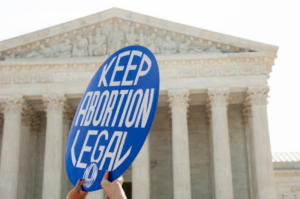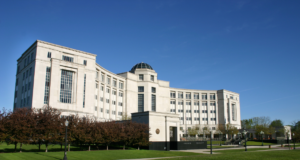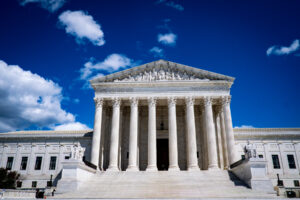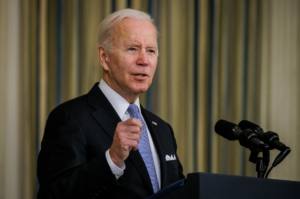What the Supreme Court abortion draft opinion means for Indigenous people
4 min read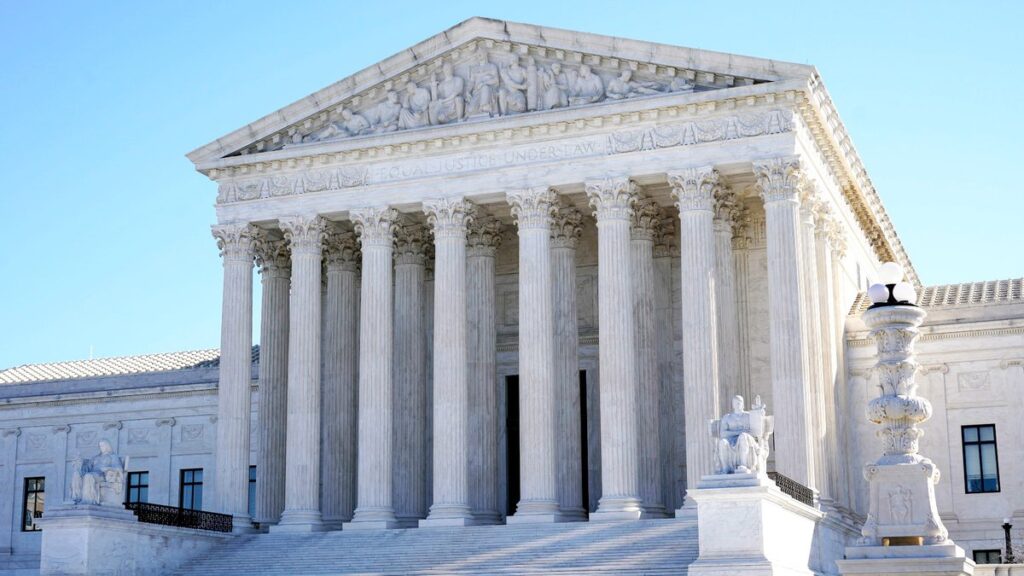
Earlier this spring, the need for financial assistance to obtain an abortion caused abortion fund provider Indigenous Women Rising to take a break so the grassroots organization could “catch up” financially. The need was “so intense” IWR almost ran out of money, Rachel Lorenzo (Mescalero Apache/Laguna Pueblo/Xicana), co-founder of IWR, said.
Lorenzo, who uses they/them pronouns, said that the group is still on break. But when IWR returns to funding abortion patients later this month, the organization will return to its original mission of providing abortion care funding to Indigenous individuals.
Last year, in response to the Texas “vigilante” law that prohibits abortion in that state after six weeks, IWR broadened its funding to include undocumented individuals.
“We started noticing more non-Native people [needing abortion care funding] because after Texas [law] went into effect, we saw Texans going to other states for abortion care. We started seeing an uptick of people going to Oklahoma. Then we started seeing people need abortion care later in pregnancy have to reschedule appointments to go somewhere else. That’s what we saw right before we paused our funding,” Lorenzo said.
They said the U.S. Supreme Court draft opinion leaked earlier this month was no surprise to IWR but, still, Lorenzo called it “infuriating.”
“Roe is already not a reality for a lot of people,” they said.
Lorenzo said that because of the Hyde amendment, the federal government already determines what kind of care Native people receive from Indian Health Services.
The U.S. Congress has attached the Hyde amendment to the federal budget bill every year since the late 1970s. It prohibits federal money being spent on abortion care. That affects Indigenous people who receive care from IHS, but also federal workers who rely on employer-based insurance and members of the military.
Many reproductive rights experts consider the budget rider discriminatory because it also affects public assistance programs in many states, effectively creating a barrier to abortion access for people of color, who already face the greatest barriers to health care access including reproductive health care.
The upcoming 2023 federal budget bill did not initially include the Hyde amendment for the first time in decades and President Joe Biden, who supported the amendment in the past, has said publicly he is no longer willing to do so. But with a 50-50 party split in the U.S. Senate and some Senate Democrats still in favor of the provision, Senate Republicans insisted on a budget bill that contained the legacy rider.
Lorenzo said that with the court’s draft decision, if it becomes the final version of what the court releases this summer, “we’re going to see that [lack of access] more widespread.”
“I’m at a loss for words how inhumane the draft opinion is,” they said.
Lorenzo said that IWR is seeing costs for travel and abortion care at independent clinics increase due to risk and need.
“That’s not a complaint. Those are the trends we’re noticing,” they said.
Lorenzo said the increase in costs and the increase in need “is not going to stop us.” They said the states IWR receives high concentrations of calls from include the Dakotas, Oklahoma and Florida. The abortion clinic in South Dakota isn’t open every day or sometimes has to change its hours, they said.
“South Dakotans are already having to travel. If Roe is overturned, that’ll get even worse. We’re already living in that reality now. People from South Dakota, Montana, they’re already going to North Dakota. I expect a law to be passed in North Dakota pending this ruling from the Supreme Court. So where else in that area of the country will people go? Wisconsin already has a preexisting abortion ban. They might have options in Minnesota. What we’re already seeing will happen even more and even faster,” they said.
Lorenzo said a potential future outcome of the court’s likely decision this summer is more surveillance of nonwhite people. They said there could be more mandatory reporting laws and that laws already exist that allow officials to surveil Indigenous people’s bodily autonomy.
Violence against Native women and families, Lorenzo said, is “already happening.”
“We’re already 10 times more likely to die than white women. We’re already living in a violent situation by not having our basic needs met with clean, running water and fresh fruits and vegetables. We already consider that state-sanctioned violence,” they said.
This article was originally posted on What the Supreme Court abortion draft opinion means for Indigenous people

